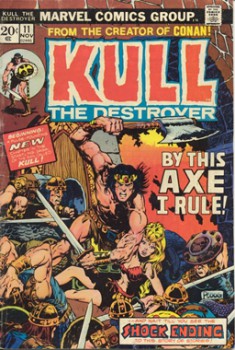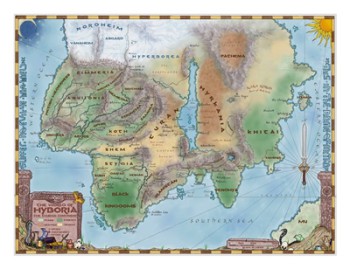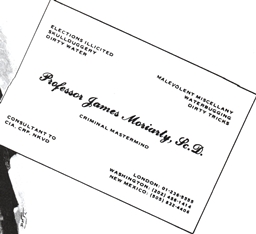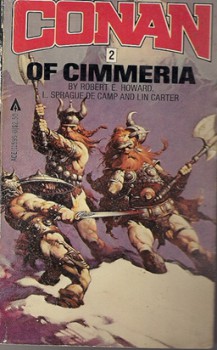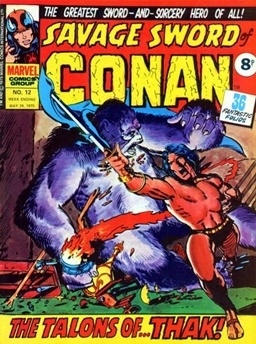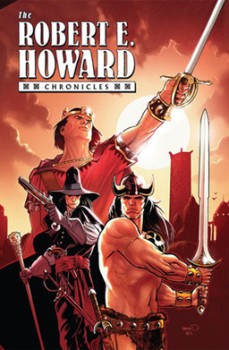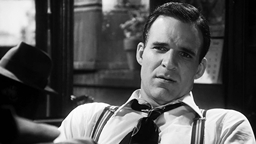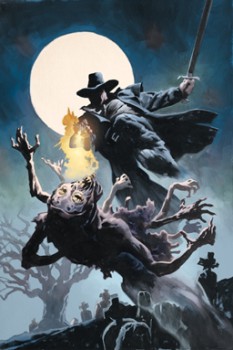Discovering Robert E. Howard: Pigeons From Hell From Lovecraft by Don Herron
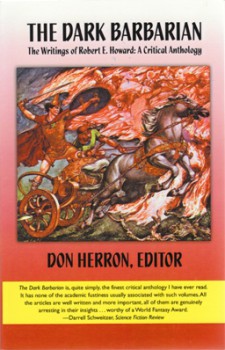 Before the Cumberbunnies took over and flooded the internet with “I heart Sherlock” memes, the term ‘Sherlockian’ referred to those who studied (and often wrote about) Arthur Conan Doyle’s sixty stories of Sherlock Holmes. Some of it was dead serious, some was tongue in cheek and much was in between. Monsignor Ronald Knox’s 1921 “Studies in the Literature of Sherlock Holmes” is the cornerstone of Holmes studies.
Before the Cumberbunnies took over and flooded the internet with “I heart Sherlock” memes, the term ‘Sherlockian’ referred to those who studied (and often wrote about) Arthur Conan Doyle’s sixty stories of Sherlock Holmes. Some of it was dead serious, some was tongue in cheek and much was in between. Monsignor Ronald Knox’s 1921 “Studies in the Literature of Sherlock Holmes” is the cornerstone of Holmes studies.
With that, I tell you that that Don Herron is THE Ronald Knox of Robert E. Howard. “Conan vs. Conantics” and the ensuing “The Dark Barbarian” showed that Howard could be analyzed and treated as literature. As well as something to stir up debate! If you haven’t read the over-600 page essay collection, “The Dark Barbarian That Towers Over All,” you need to pony up $4.99 and get the kindle version now.
And with that, Herron, who is also a noted expert on Dashiell Hammett (this man knows good writing) is going to treat you to a little Howardiana regarding REH’s most chilling horror story, “Pigeons From Hell.”
Recently I did a reread on H. P. Lovecraft’s Fungi from Yuggoth sonnet cycle and had a Hey, Wait a Minute moment. . .
Deep into his follow-up book to A Look Behind the Derleth Mythos, John D. Haefele had asked me to look the poems over. Haefele is surveying Lovecraft’s Great Tales — not just the top achievements, but how the fiction developed as it went along, leading to the break-out stories — not just Lovecraft’s own writing, but how his discoveries of authors such as Robert W. Chambers and Arthur Machen and the ongoing cross-influences of his fellow pulpsters such as Frank Belknap Long, Clark Ashton Smith, and Robert E. Howard display in the ongoing saga that would become known as the Cthulhu Mythos.
